Nectar-feeding Bats
Sept. 11, 2024: 'Tis the Season for these bats to drain your Hummingbird feeders at night
If you live in Tucson and have hummingbird feeders, at this time of year you may have noticed that your feeders are being drained during the night when all hummingbirds are 'asleep'. Arizona has about 30 species of bats, two of which primarily feed on the nectar and pollen of flowers. The more common of those two bat species is the Lesser Long-nosed Bat and they love the sweet "nectar" in hummingbird feeders. Today's email features photos I've taken over the years of these bats. From 2014.....
2014 was the first summer I was fully retired and the first summer I was shooting pictures with a decent camera. I was still a beginner but was able to take some photos that I liked. That summer I also began taking part in the area's Citizen-Science project that was collecting data on these special bats. You can learn about the Bat Study Project here: https://www.azgfd.com/wildlife-conservation/living-with-wildlife/backyard-bats-project/ The bat below had fur that was dusted yellow by plant pollen.
The closest most of us get to bats is seeing them in the skies during the summers. In Tucson, large numbers of bats roost every summer under the Campbell (at River) bridge, the Broadway and Pantano bridge, and the Ina Road bridge at the Santa Cruz River. Those species of bats are not the nectar feeding bats though. The nectar feeding bats (the Lesser Long-nosed) maintain large summer maternity roosts in the Catalinas and Rincons. Over the past few summers, I was able to observe sessions of local scientists 'netting' and measuring bats.
The bats were caught in mist-nets, gently removed and had various measurements taken of them. They were then given their fill of free sugar-water nectar and released to go about their night.
Arizona Highways ran a long but well written article about Lesser Long-nosed Bats a few years ago. The article explains much about this special species that our area hosts. It showcases the research work that Ted Fleming, a world renowned expert on these bats, has been doing. https://www.arizonahighways.com/article/things-go-bump-night
Two summers ago I was asked to take part in a study that Ted Fleming proposed. It involved the netting of bats at several foothills homes, then attaching radio transmitters to the backs of the bats in order to study their flight and routines night after night. Arizona Game and Fish created a nice video of last summer's research:
The photo above and those that follow are pictures I took in 2021. A good friend Steve set up a photo shoot at his feeders that used laser triggered flash units. We set up our cameras to take photos in the dark with exposures of several seconds at a time. If and when a bat flew through the area targeted by the lasers, it would trigger a flash giving us shots of approaching Lesser Long-nosed Bats. Enjoy the series:
This bat's head is covered in flower pollen.
If you'd like to read more, here is the resource page from the Pima County Library system: https://www.library.pima.gov/content/bats-and-hummingbird-feeders/
I believe this bat was leaving the feeder. It looks quite happy. That long tongue helps to reach deep inside the flowers of saguaros, agaves, and other large desert cacti.
I liked the angle and attitude in this photo.
Incoming.....
The Lesser Long-nosed Bat has its eyes on the prize as it soars up towards the feeder.
This summer's study has already begun and it is fun to be able to once again have a small part in this ongoing science research. To read about the "other" bats that roost in Tucson, see https://news.arizona.edu/news/summer-bat-watching-season-tucson-heres-what-you-should-know


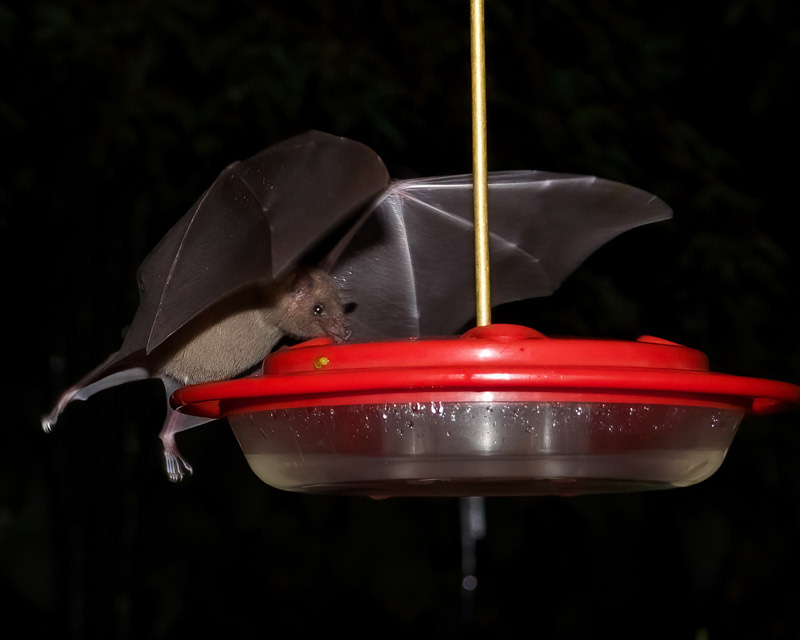
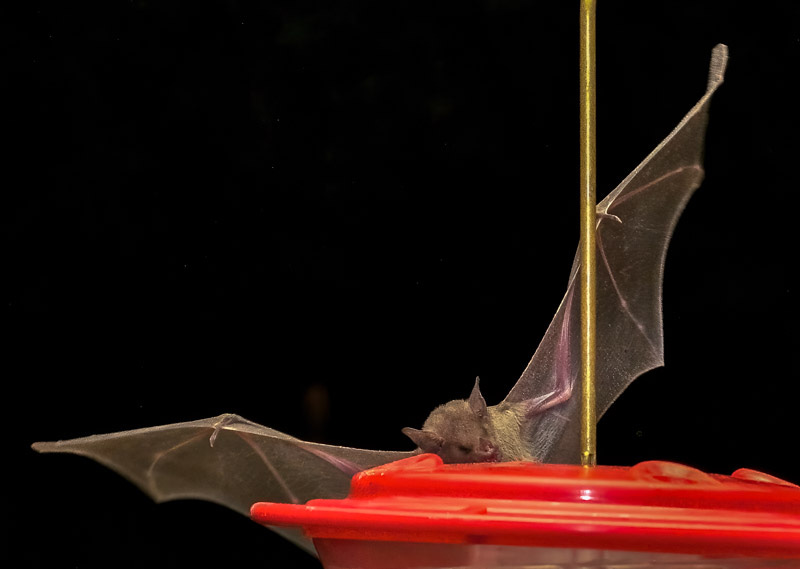
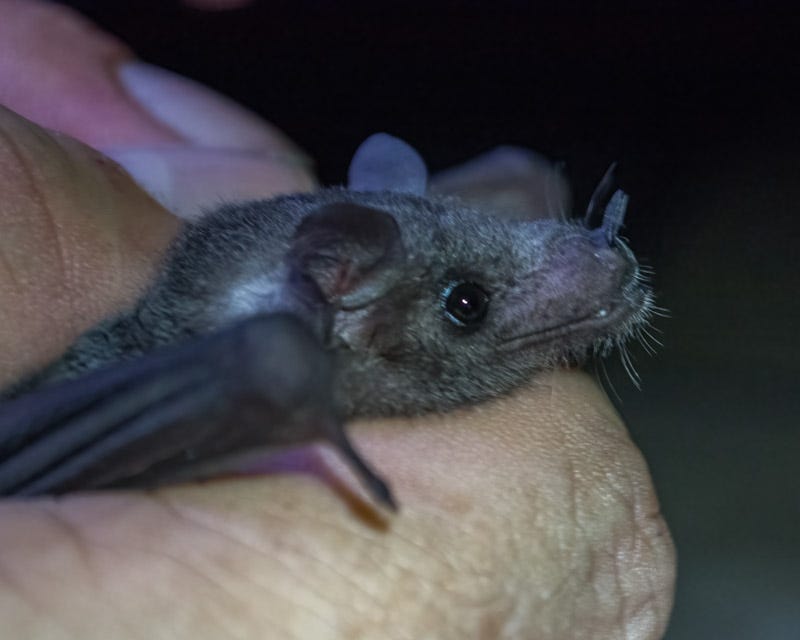
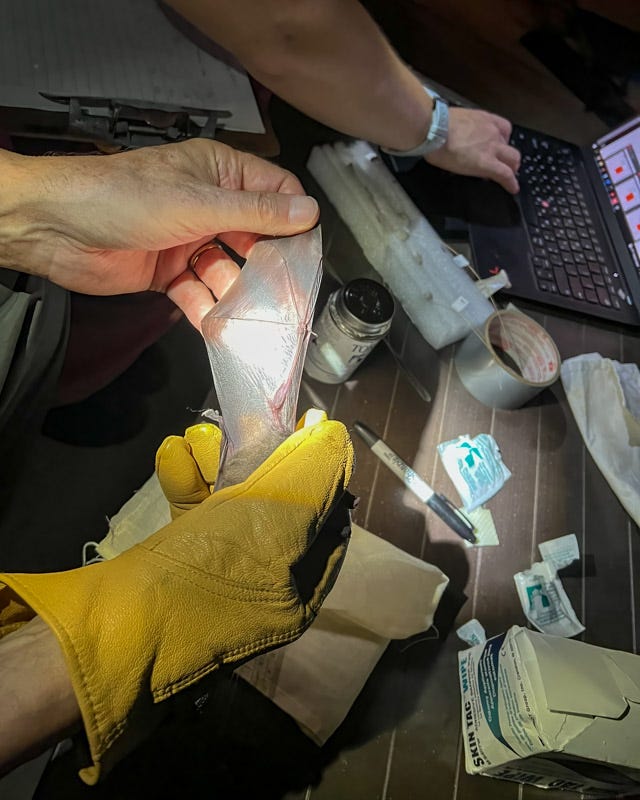
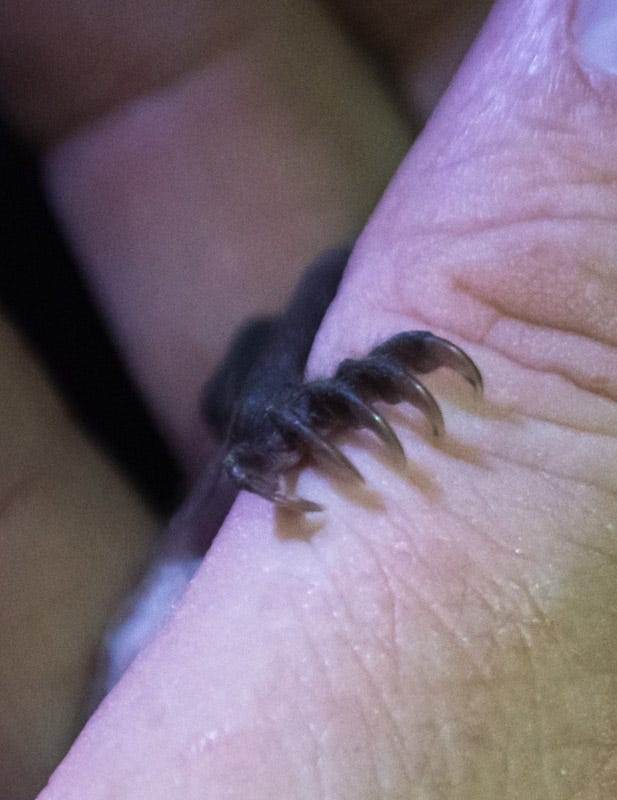
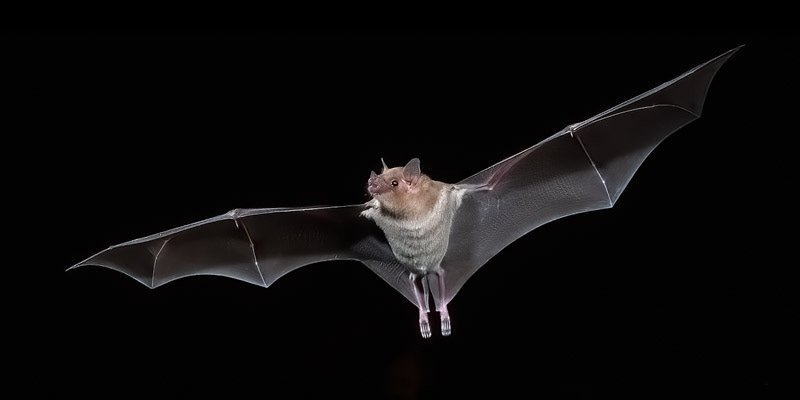
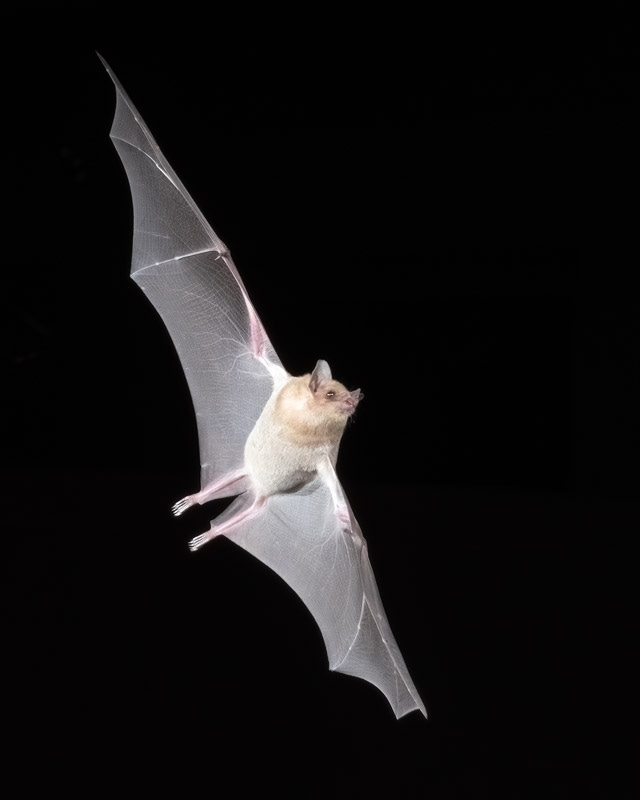
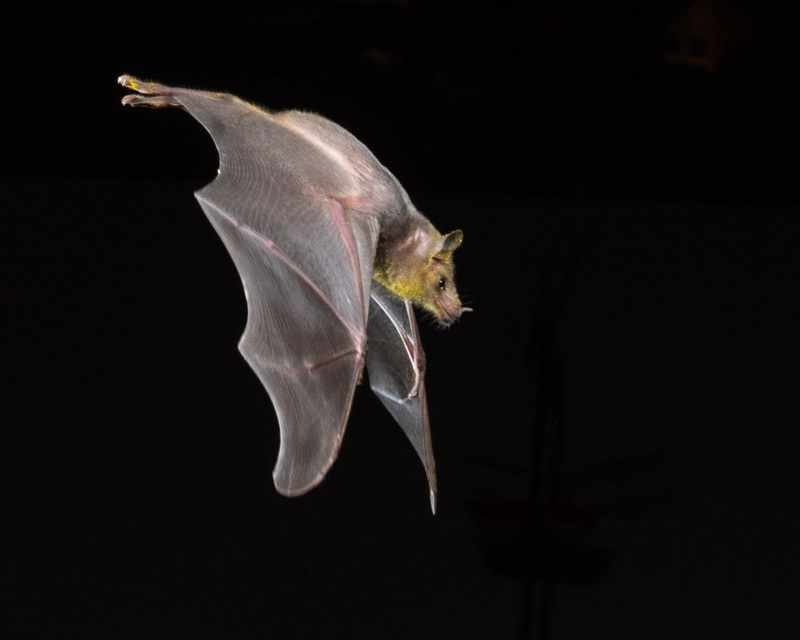
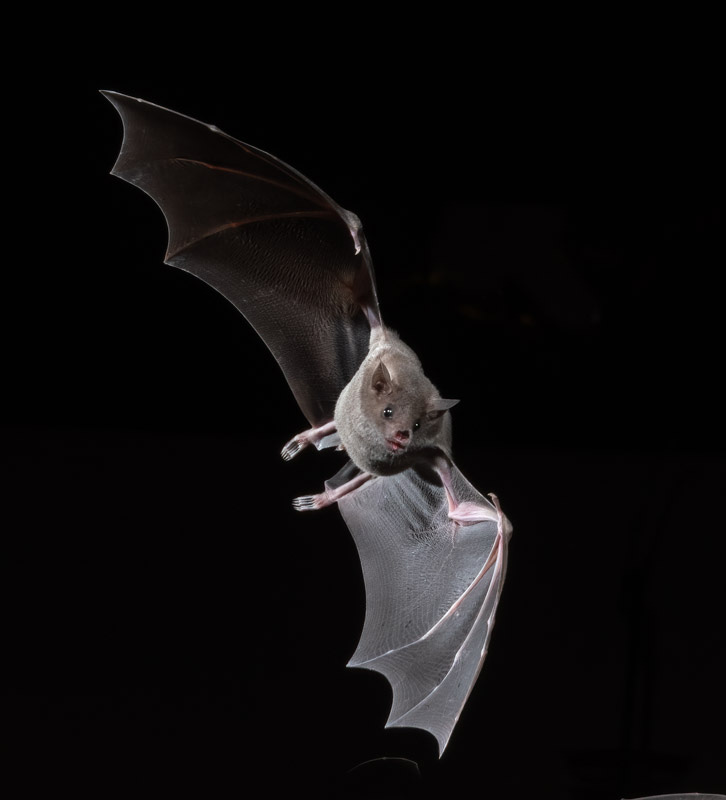
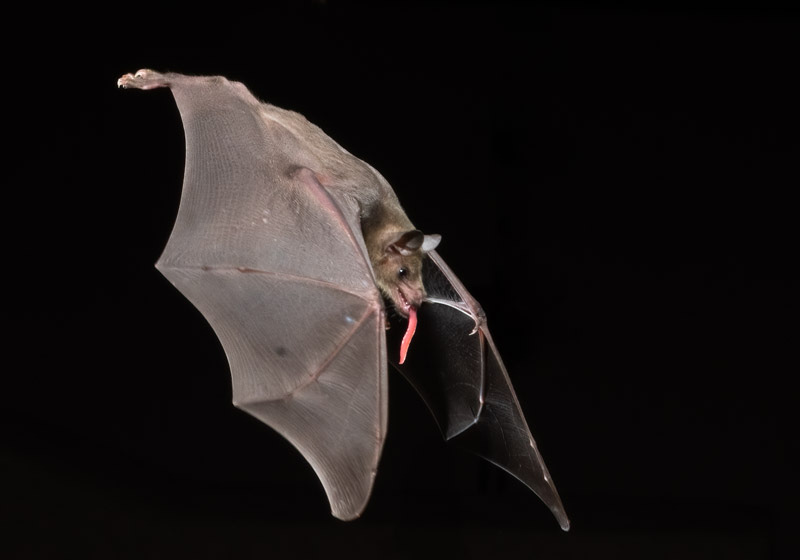
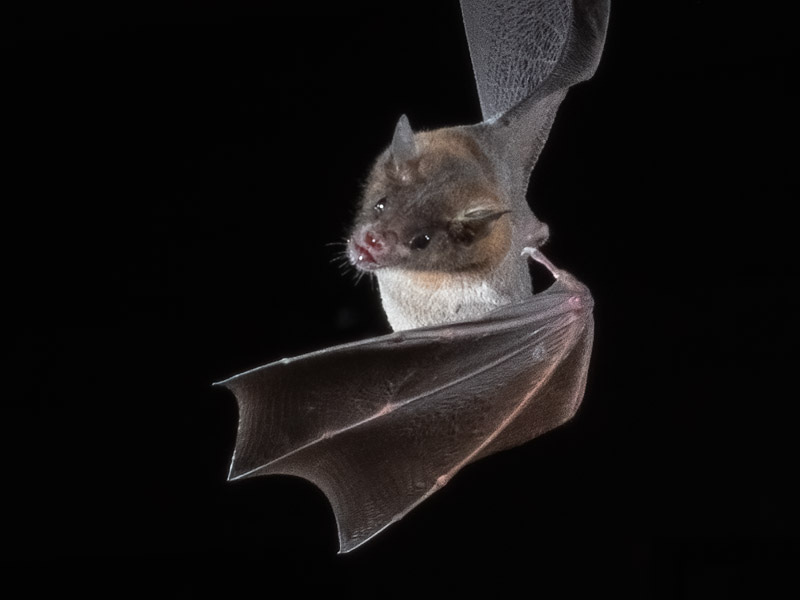

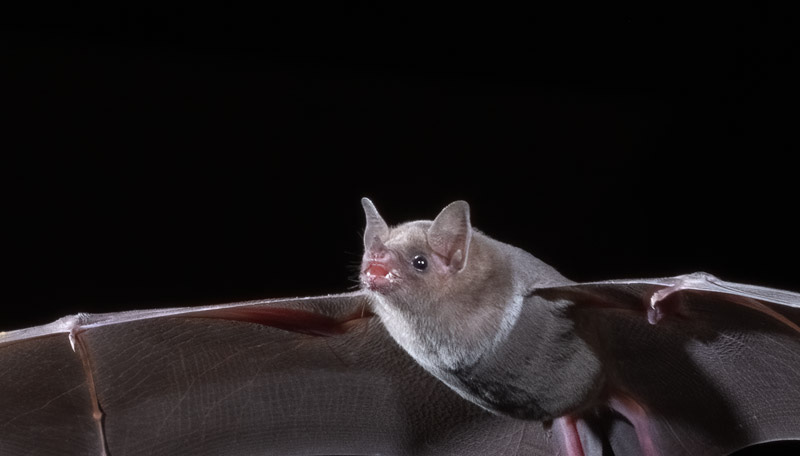
Those are beautiful pictures of the bats!